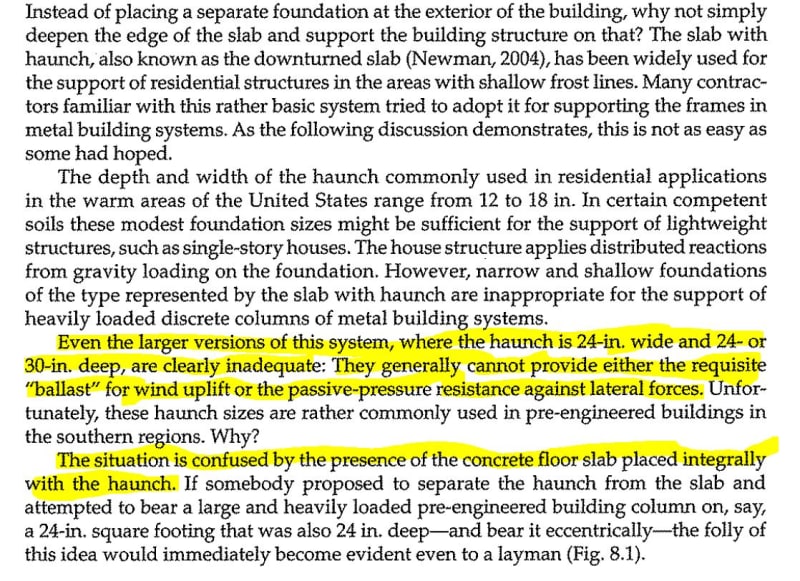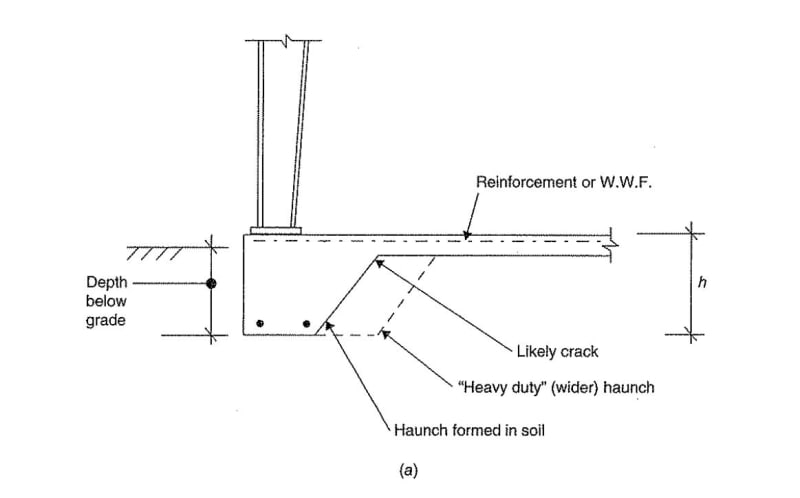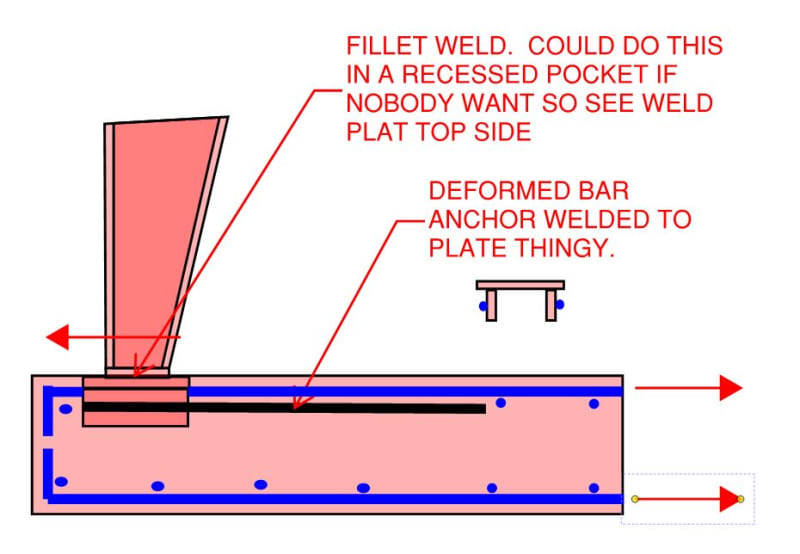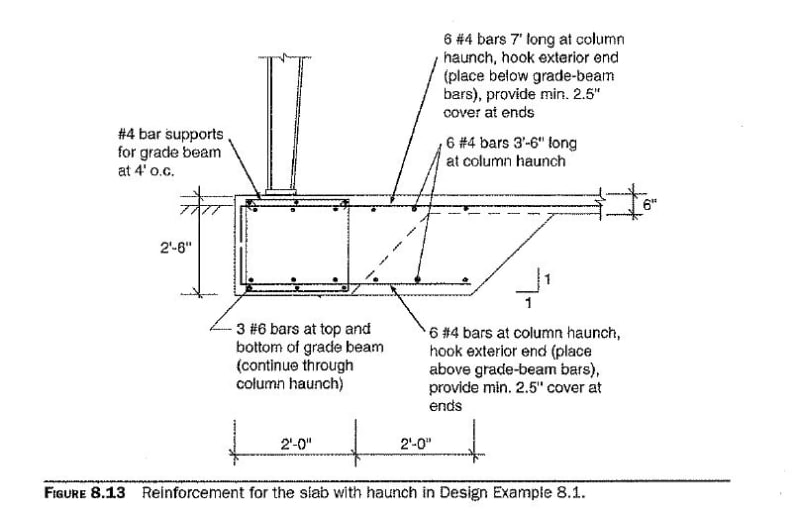oengineer
Structural
- Apr 25, 2011
- 731
I am working on the design of a Mat Foundation. The Mat foundation is supporting 4 large equipment skids and a Pre-Engineered Canopy. The Canopy is composed of 12 columns with a rain skirt roof.
This link contains a sketch of what the project looks like:
The canopy will not have a siding, just columns and a 3’ rain skirt at the top of the prefab building.
I cannot obtain the loads for the pre-engineered canopy from the manufacturer because it will be going out to bid and they cannot specify the building manufacturer. So I have to calculate the lateral reaction loads for the pre-engineered canopy (i.e. wind lateral reactions & dead lateral reactions)
I have some questions:
[ul]
[li]How would one go about to determine the lateral dead load for a pre-engineered building/canopy? Are there any technical guides that give examples of this?[/li]
[/ul]
[ul]
[li]How would one go about to determine the lateral wind load for a pre-engineered building/canopy? Are there any technical guides that give examples of this? I ask because pre-engineered metal buildings typically have much greater wind forces at their reactions than a conventional steel building. [/li]
[/ul]
[ul]
[li]Would hairpins still be necessary for a Mat Foundation supporting a pre-engineered building/canopy at the column supports?[/li]
[/ul]
[ul]
[li]Are there any potential issues to consider/beware of for using a mat foundation to support a pre-engineered metal canopy?[/li]
[/ul]
Suggestions/comments are appreciated.
This link contains a sketch of what the project looks like:
The canopy will not have a siding, just columns and a 3’ rain skirt at the top of the prefab building.
I cannot obtain the loads for the pre-engineered canopy from the manufacturer because it will be going out to bid and they cannot specify the building manufacturer. So I have to calculate the lateral reaction loads for the pre-engineered canopy (i.e. wind lateral reactions & dead lateral reactions)
I have some questions:
[ul]
[li]How would one go about to determine the lateral dead load for a pre-engineered building/canopy? Are there any technical guides that give examples of this?[/li]
[/ul]
[ul]
[li]How would one go about to determine the lateral wind load for a pre-engineered building/canopy? Are there any technical guides that give examples of this? I ask because pre-engineered metal buildings typically have much greater wind forces at their reactions than a conventional steel building. [/li]
[/ul]
[ul]
[li]Would hairpins still be necessary for a Mat Foundation supporting a pre-engineered building/canopy at the column supports?[/li]
[/ul]
[ul]
[li]Are there any potential issues to consider/beware of for using a mat foundation to support a pre-engineered metal canopy?[/li]
[/ul]
Suggestions/comments are appreciated.









